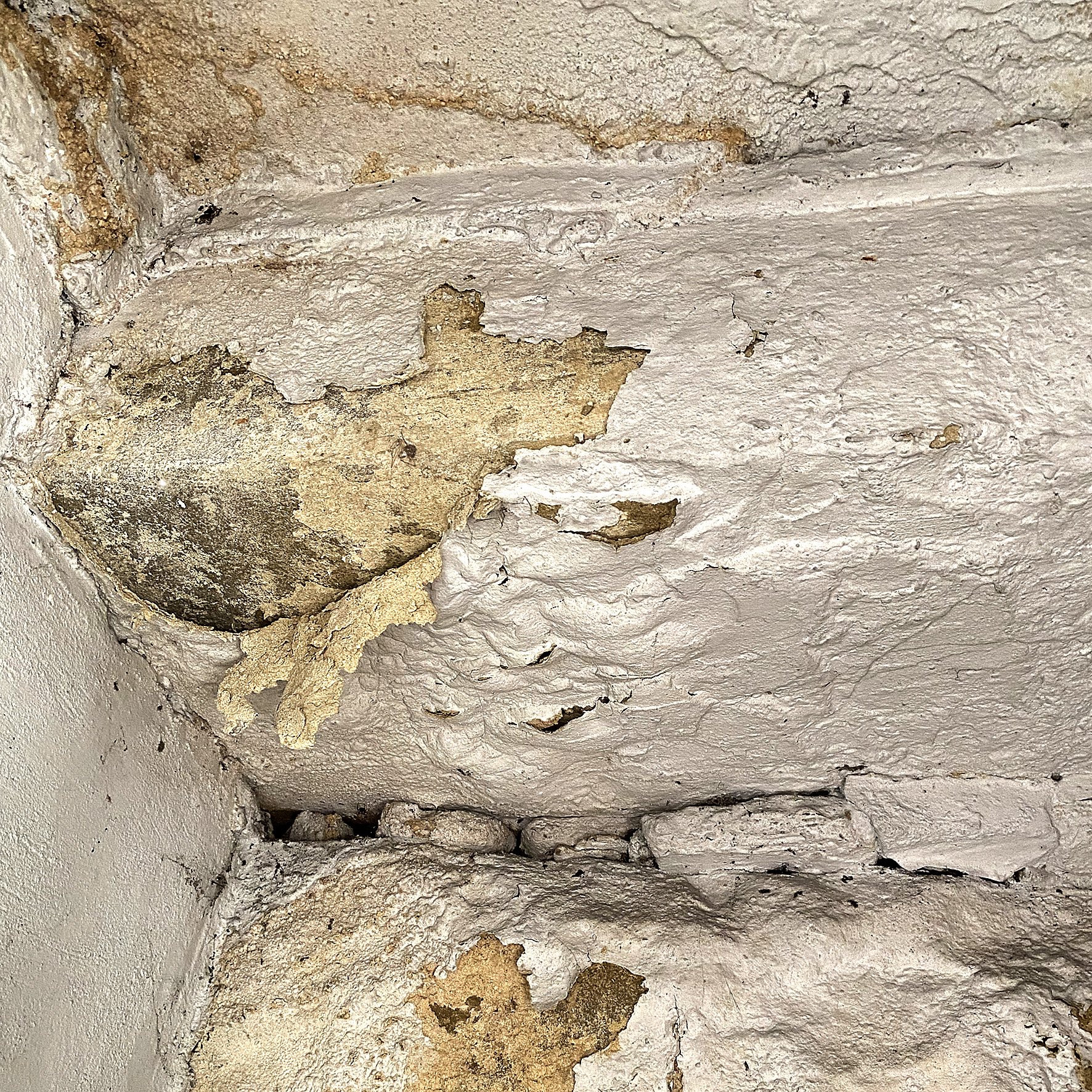I’m excited to have discovered a relationship between the sculpture Anish Kapoor and the Critical Theorist Homi Bhabha, There have been a few key conversations between the two and especially around the Liminal, they are using phrases like the ‘In-between’,’Third space’, looking at the way meaning is and isn’t made, how boundaries and identities are influenced, constructed, negotiated. This has interesting parallels with Derrida and ‘time being out of joint, hauntology and difference. I can’t quiet put my finger on the key connections but I feel like there are important resonances with my research, von Rydingsvard and my art work.
However I am also aware that Bhabha is talking about issues of identity forged against a white colonial background, and I want to be careful of my positionally and not to dilute or hijack the dialogue.
HB This in-between space is something that, for a moment, I want to bring back to our particular locations as artists or writers linked with a certain history. A history of migration, a history of coming from India, a history of cultural hybridity in our own lives. I think we constitute a particular genre of the producers of meanings and symbols and arguments. We have a trajectory that has been produced by the often unacknowledged cosmopolitanism of colonial cultures. I think there is something about the mixture of cultural traditions and ethnic boundaries, so that what actually happens in the interstices, in the in-between, is neither a simple interaction, consensual or disensual, of two given traditions, but the opening up of a space of “thirdness”, that reveals the “doubleness” of the self or one’s cultural provenance. I would like to ally that space to the occurrence of the not-there or the void. It’s not a space of inversions or reversals of previously given polarities or values or hierarchies. I think it is space where we are much more aware about how boundaries or identities are complex negotiations.
https://anishkapoor.com/976/homi-bhaba-and-anish-kapoor-a-conversation
On another note with the jointed paddle - adding a universal joint to the paddle then alters it's planes, lateral vertical and or other? Liminal navigation in the diagonal.
Also the importance of surface Bhabha and Kapoor discuss surface and it’s roll, which could connect to von Rydingsvard who so heavily investigates surface in her work.
Submerging on the other hand would do ...a deferral of surface? Secondry removal?
HB Would it be a simplification to say, first of all, that the strategy of this space, to put it in concrete terms, is not dissimilar from the strategy of the space when we actually see it physically in the work. It is not just darkness versus light; or the smoothness of the black versus the wrinkling of the stone; or the frangible surface of the pigment versus the hard shape inside. It is much more the way in which the void is unavoidably present in all the surfaces of presence. To look for a positive statement of this shape, of the void, we will not be able to find it in the way in which other positive presences and positive forms of naming are found. There is a sense in which it is thought that clarity of thought lies in making statements in the affirmative, not in the negative. Don’t tell us what a thing is not, tell us what it is – but that is so complicit, with a certain historical and cultural notion of knowledge. I often say to people, why? Why can’t I say things as a gathering of negatives, and why can you not accept that it is somehow rhetorically, and even formally, in-between the saying of the one thing and the re-saying of it that something may exist? There is a particular philosophical tradition of putting things in the positive, so I think we should try, but I don’t think we should be overly hung up on that..
https://anishkapoor.com/976/homi-bhaba-and-anish-kapoor-a-conversation
The diaganol///
In voicing the void, Kapoor returns us to the discourse of the diagonal. How does the transitional nature of true making – spatially out of balance, temporally in between – relate to the myth of 'originality'? I have argued that the shape of the void and the sign of emptiness must be conceived of in a logic of doubling; like the transitional object, they are unified at the point in space and time of their separation and differentiation. Such a mode of representation does not contain, deep within its being, an 'object' that unfolds, in its own time, to reveal its unitary presence. Kapoor's elision of the 'first instance' or the 'very first moment' does not lead to a final reckoning in which all will be revealed. In this instance, presentness is not grace, to take liberties with Michael Friedes's striking modernist dictum, for there is no promise in the work of 'a continuous and entire presentness… a kind of instantaneousness… [because] at every moment the work itself is wholly manifest'.33 The 'delay' in the presence of the work discloses faces, aspects, elements or media that do not metonymically signify some immanent whole, or some complete, though repressed, narrative.
https://anishkapoor.com/185/making-emptiness-by-homi-k-bhabha


































